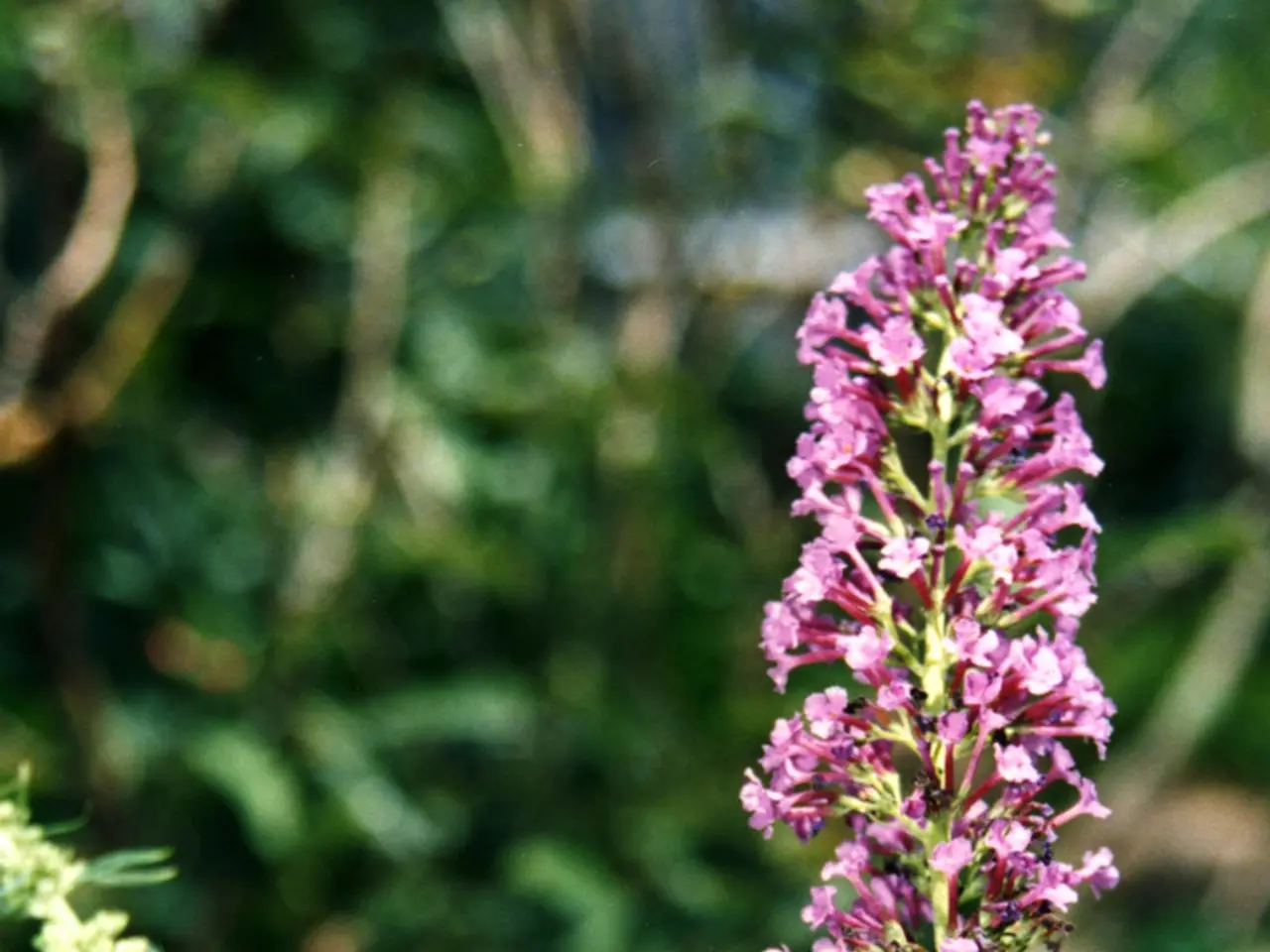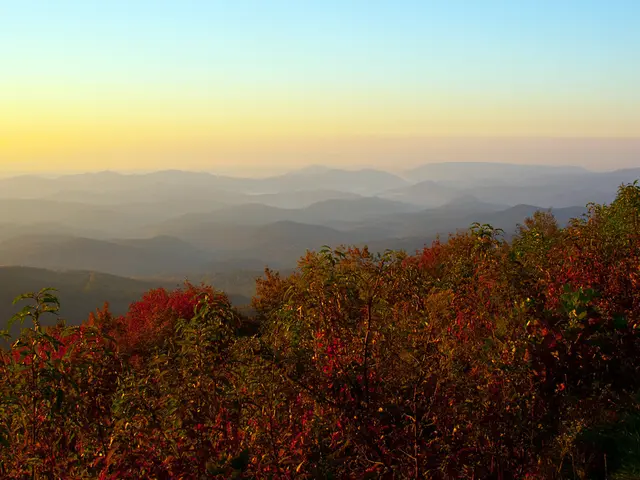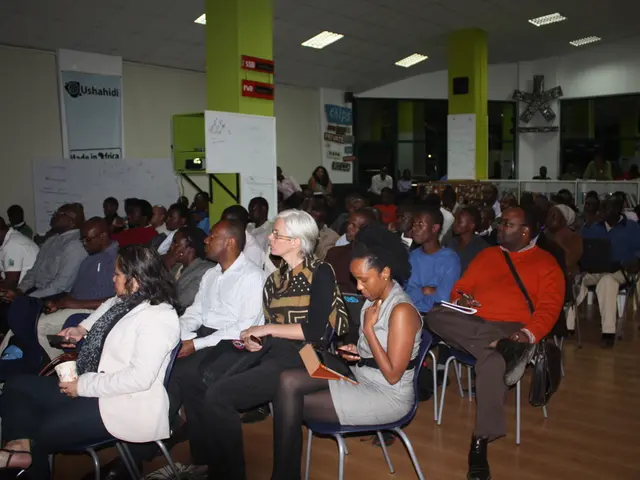Create a Butterfly Sanctuary with Potted Gardens: 8 Innovative Concepts and Guidelines for Attracting Beneficial Insects to Your Containers
In a vibrant and harmonious blend of nature and nurture, gardeners can create an enchanting haven for butterflies by carefully selecting a variety of nectar-rich annuals and perennials for their container gardens. These plants, such as lantanas, zinnias, salvia, bee balm, coneflowers, verbena, and butterfly bushes, provide essential nectar that serves as the primary food source for adult butterflies, supporting their energy needs and encouraging repeated visits.
**Nectar Plants: The Lifeblood of Butterflies**
Lantana, zinnias, salvia, bee balm, coneflower, verbena, and butterfly bush are all nectar plants that offer a myriad of benefits for pollinators. Their long blooming season ensures a consistent food source for butterflies and other pollinators throughout spring to fall.
**Host Plants: Cradles for Caterpillars**
In addition to nectar plants, host plants like parsley, dill, fennel, carrot tops, passionflower vine, and milkweed, serve as breeding and feeding sites for caterpillars, enabling the butterfly life cycle within the garden.
**The Benefits of Butterfly-Friendly Container Plants**
- **Continuous Bloom:** A diverse selection of these plants guarantees a long blooming season, providing uninterrupted support for butterflies and other pollinators. - **Nectar Sources:** Plants like lantana and butterfly bush produce fragrant, nectar-rich flowers that attract various butterfly species, including monarchs, swallowtails, and painted ladies. - **Habitat and Lifecycle Support:** Including host plants such as parsley and milkweed nurtures butterfly larvae, supporting the entire butterfly lifecycle, not just the adults. - **Compact and Movable:** Container gardens allow these butterfly-friendly plants to be placed strategically near veggie gardens, patios, or entryways where they can maximize pollination and aesthetic appeal. - **Supports Broader Wildlife:** Plants like buttonbush not only attract butterflies but also beneficial insects and birds, enhancing local biodiversity.
**Late-Season Bloomers: Chrysanthemums**
As the summer wanes, chrysanthemum plants can play a vital role in the container garden, providing late-season blooms that last into fall, which are essential for migrating insects.
In conclusion, the best butterfly plants for container gardens offer a combination of nectar-rich blooms for adult butterflies and host plants for caterpillars, creating a supportive, continuous habitat that benefits pollinators and enriches your garden space. Containers also enable flexibility in placement to maximize these benefits.
- Incorporating a variety of nectar plants such as lantana, zinnias, salvia, bee balm, coneflowers, verbena, and butterfly bush into your container garden provides essential nectar for butterflies, supporting their energy needs and encouraging repeated visits.
- Beyond nectar plants, host plants like parsley, dill, fennel, carrot tops, passionflower vine, and milkweed offer breeding and feeding sites for caterpillars, ensuring the butterfly life cycle is supported within the garden.
- A well-planned butterfly-friendly container garden offers numerous benefits, like continuous blooms from a diverse selection of plants that provide uninterrupted support for butterflies and other pollinators.
- For butterfly enthusiasts, late-season bloomers like chrysanthemums can play a vital role in the container garden, offering essential blooms for migrating insects, extending the garden's butterfly-friendly lifespan into fall.




